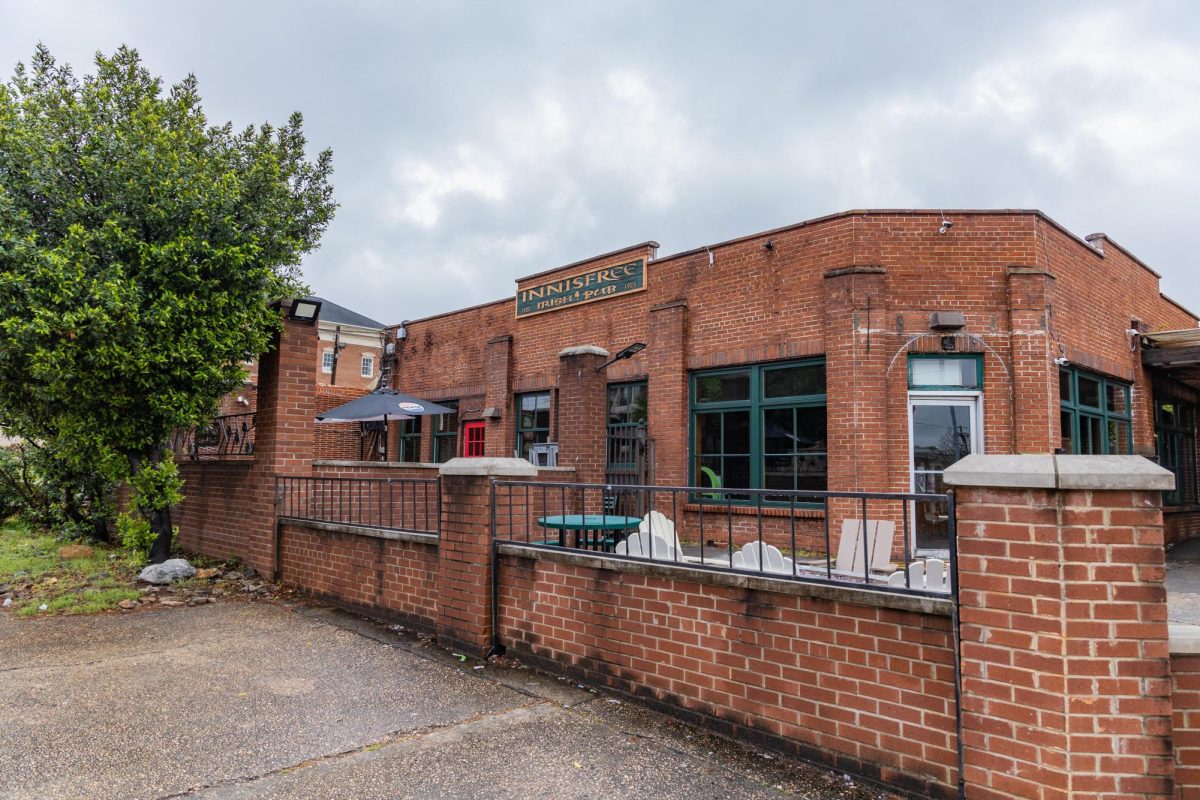By Adrienne Burch and Morgan Reames
The number of people choosing to walk instead of drive or use public transportation is on a steady decline across the U.S.
Only 1.4 percent of Tuscaloosa residents walk to work, with 95 percent choosing to drive, according to a recent study by governing.com.
“In general, the U.S. is centered around the automobile, with public transportation also limited in most parts of the country,” Jonathan Wingo, assistant professor of kinesiology, said.
Wingo also said Tuscaloosa fits this description. With only one form of public transportation, The Tuscaloosa Trolley, and a spread out community, it is difficult for residents to walk places.
“I live 10 miles away from work,” he said. “If I were to ride a bike or walk, I would be putting my life in danger.”
However, he said this looks slightly different for students on a college campus like The University of Alabama.
“A university campus involves quite a lot of walking, like in a big city,” Wingo said. “You may drive a car to campus, but once you are here, you are getting exercise.”
Courtnie Davis, a junior majoring in communication studies, said she enjoys walking but has seen her generation turn away from walking as a form of transportation.
“We are a lazy society,” Davis said. “When it comes to jobs and daily life, we just want everything as easy as possible for ourselves.”
Wingo said though it may be difficult for people in Tuscaloosa to walk places, it is still important they find a way to exercise. People should perform an average of 150 minutes of moderate intensity physical activity every week. This could involve activities like brisk walking, running or swimming.
“Physical activity has to become a habitual part of a person’s day,” Wingo said. “People say they don’t have time to exercise, but they just need to be a little more creative.”
He suggested parking farther away at the grocery store, taking the stairs instead of the elevator or making a family outing a trip to the park instead of to the movies.
John Jackson, manager of fitness and research at the University Rec Center, said people who choose to be inactive are more at risk for health problems.
“You can be obese and overweight, but if you get your 150 minutes of physical activity in a week, you can cross the risk factor off for yourself,” Jackson said. “Your immune system gets boosted by a 20-30 minute walk, just from raising your heart rate a little bit.”
A study by Southern California University found people who walk have higher energy levels and overall happier moods.
“People just don’t think about the psychological benefits,” Jackson said.
Davis said walking to class and work helps her to relax.
“I definitely focus on nature more,” she said. “Walking is a time for me to take a breath of fresh air and relax.”
More opportunities and education on health benefits will encourage more people to walk to work, Jackson said.
“Number one, we need to provide an opportunity for people to walk, more walking areas,” Jackson said. “Number two, provide education people need about the benefits of physical activity. You don’t have to get out and run a 5k to get healthy benefits; just get out and walk for 10 minutes.”
The Tuscaloosa Forward Plan, initiated in the aftermath of the April 27, 2011, tornado, includes plans to make Tuscaloosa a more pedestrian-friendly city.
Deidre Stalnaker, communications director for the city of Tuscaloosa, said The Tuscaloosa Forward Plan includes plans for a City Walk, a 12-foot-wide walking and biking trail connecting neighborhoods throughout the city.
Stalnaker said she does not know if the new components of the Tuscaloosa Forward plan like the City Walk will result in more people walking to work, but it does make areas of town more accessible by foot.
“That’s a step in the right direction,” Stalnaker said.








